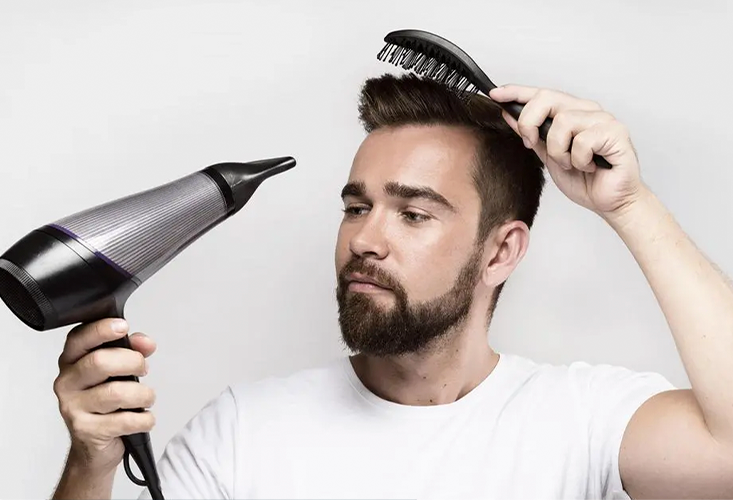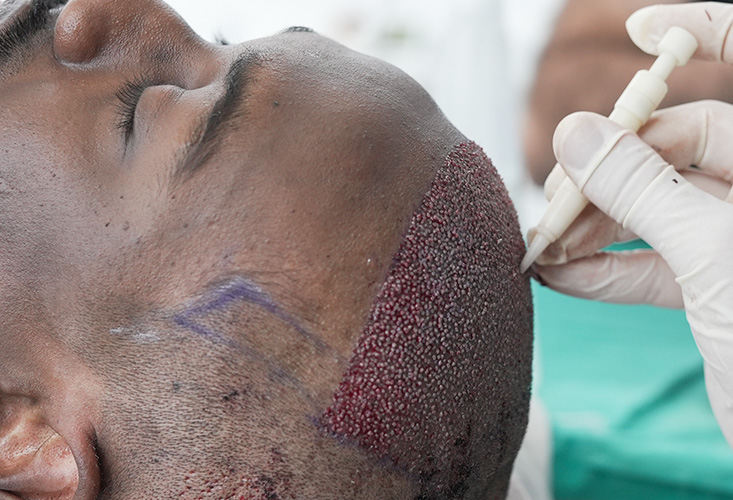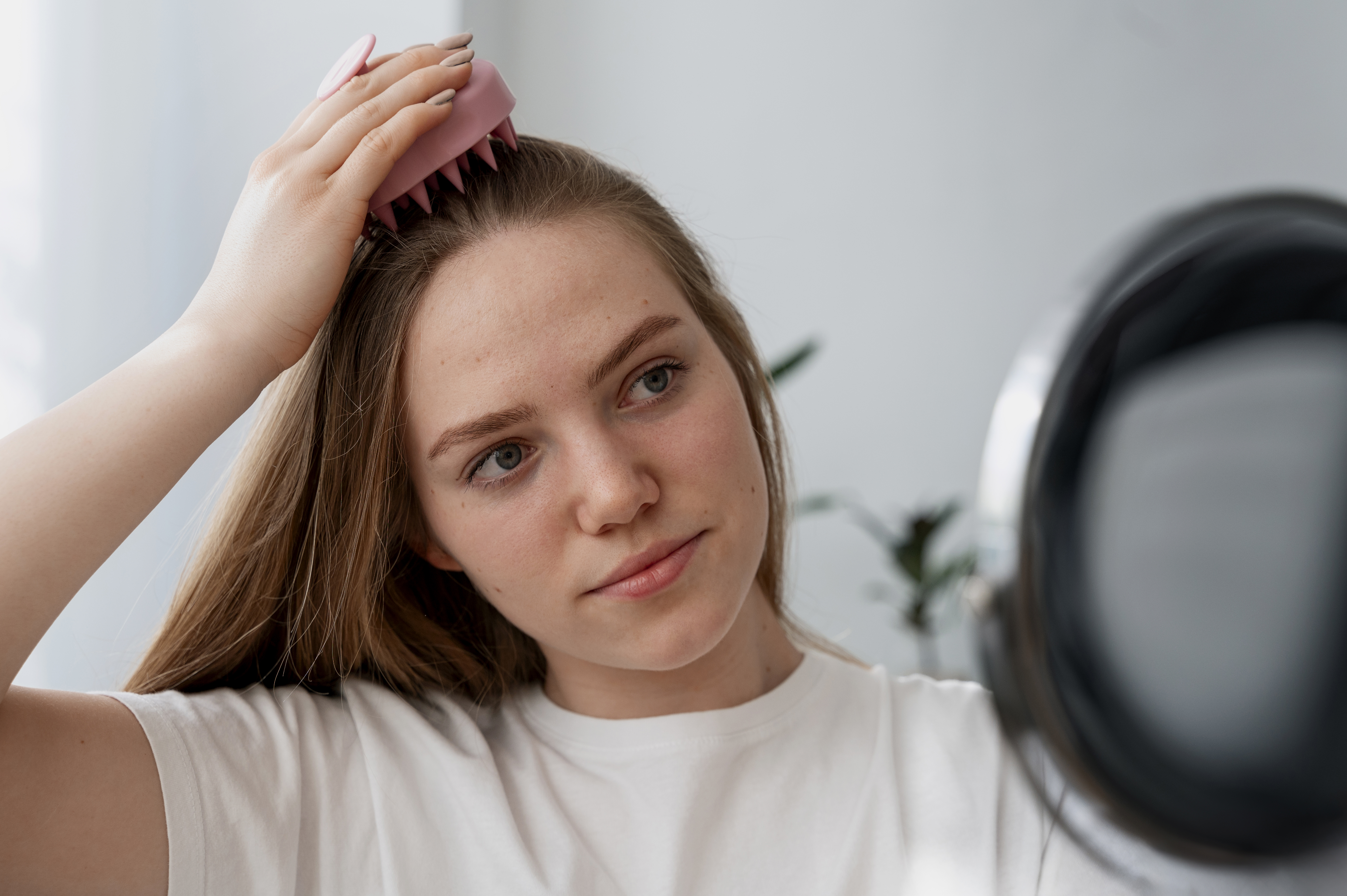
Der nächste Schritt nach der Haartransplantation ist eine der wichtigsten Phasen, um die gewünschte Dichte und das Volum...
Weiterlesen
Die Haartransplantation ist eine Technik, bei der Follikel aus den dicht besiedelten Bereichen eines Patienten, in der R...
Weiterlesen
Es gibt mehrere Gründe, warum Menschen zögern könnten, sich im Sommer einer Haartransplantation zu unterziehen.
Weiterlesen
Ja, es ist möglich, eine frühere Haartransplantation zu korrigieren. Auch wenn es sich um einen minimalinvasiven Eingrif...
Weiterlesen
Die Tage nach einer Haartransplantation sind entscheidend für den Erfolg des Eingriffs. Am Tag des Eingriffs können Sie...
Weiterlesen
Natürliches, volleres Haar mit professionellen FUE- und DHI-Methoden. Long Hair Center bietet diskrete, unrasierte und i...
Weiterlesen
Пересадка волос - это не только день операции, но и весь последующий восстановительный период. Насколько успешным будет...
Weiterlesen